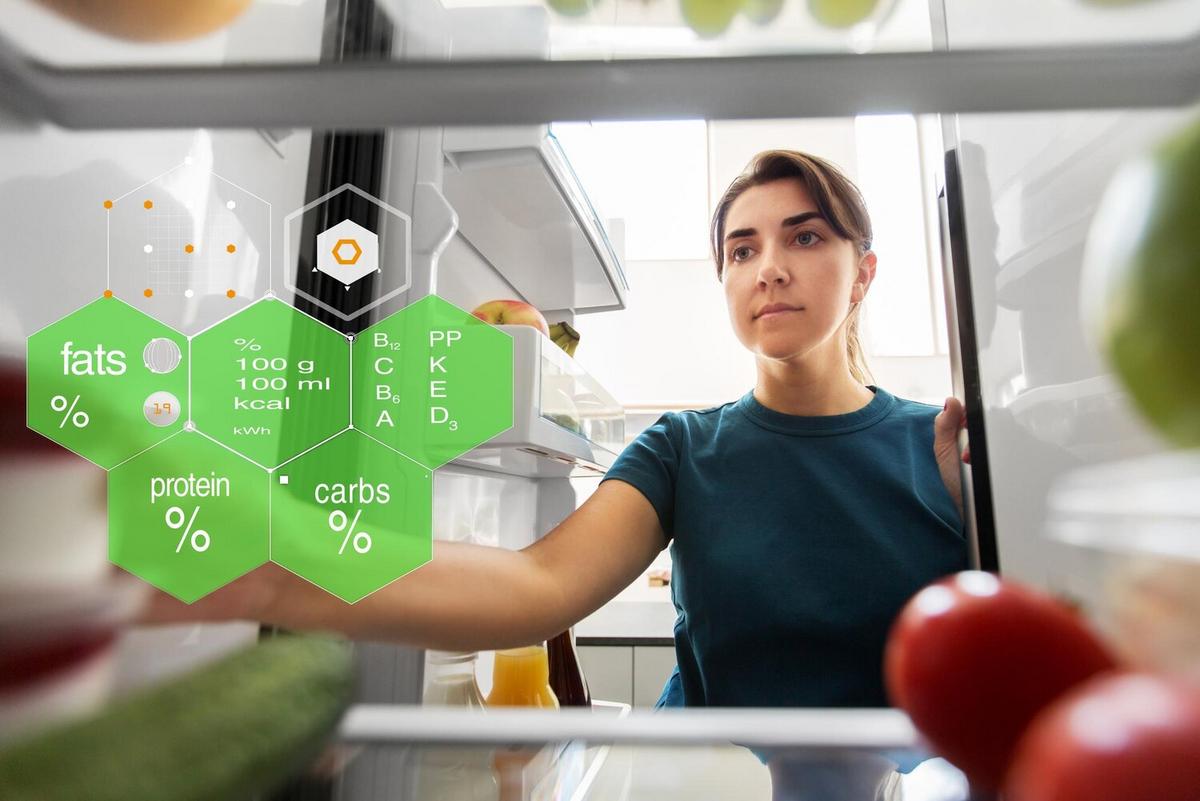In the evolving landscape of global nutrition, big data is becoming an influential force driving policy decisions and shaping future strategies.
Big data refers to the vast volumes of information that can be analyzed to reveal patterns, trends, and associations, particularly relating to human behavior and interactions. In the context of nutrition, this data is proving invaluable in understanding the complex web of factors that influence dietary habits and health outcomes worldwide.
Understanding Big Data in Nutrition
Big data encompasses a variety of sources, including food consumption surveys, health records, and even social media interactions. By analyzing these data points, researchers and policymakers can gain insights into nutritional deficiencies, emerging dietary trends, and the impact of socio-economic factors on food choices.
Expert Insights
Dr. Emily Patel, a renowned nutrition scientist, highlights, “The ability to harness big data allows us to tailor nutrition policies that are not only evidence-based but also culturally and regionally relevant.”
Statistics to Consider
A recent study highlighted in ResearchGate revealed that data-driven interventions have led to a 15% improvement in child nutrition in targeted areas over the past five years.
Examples and Case Studies
Consider the case of a small town that utilized mobile health applications to track dietary habits. This initiative not only improved individual health outcomes but also provided policymakers with a blueprint for similar interventions elsewhere.
Actionable Insights
- Invest in technology that facilitates data collection and analysis.
- Encourage collaboration between technologists and nutritionists to create comprehensive solutions.
- Promote transparency in data usage to build public trust.
Comparing Traditional and Data-Driven Approaches
| Aspect | Traditional Approach | Data-Driven Approach |
|---|---|---|
| Decision Making | Expert Opinion | Evidence-Based |
| Adaptability | Static | Dynamic |
| Reach | Limited | Global |
| Feedback Loop | Slow | Rapid |
| Cost Efficiency | Varied | High |
| User Engagement | Low | High |
| Innovation | Minimal | Significant |
| Scalability | Challenging | Easy |
FAQs
How does big data improve nutrition policies?
Big data allows for the collection and analysis of comprehensive dietary information, leading to more tailored and effective nutrition policies.
What challenges exist in using big data for nutrition?
Challenges include data privacy concerns, the need for technological infrastructure, and ensuring data accuracy.
Conclusion
As big data continues to revolutionize various sectors, its role in shaping global nutrition policies is undeniable. By leveraging data analytics, policymakers can create nuanced, effective strategies that cater to diverse populations. As we move forward, embracing these technologies will be crucial in addressing global nutritional challenges and improving health outcomes. Encouraging dialogue and collaboration among stakeholders will ensure that these efforts are both sustainable and impactful.




Leave a Reply